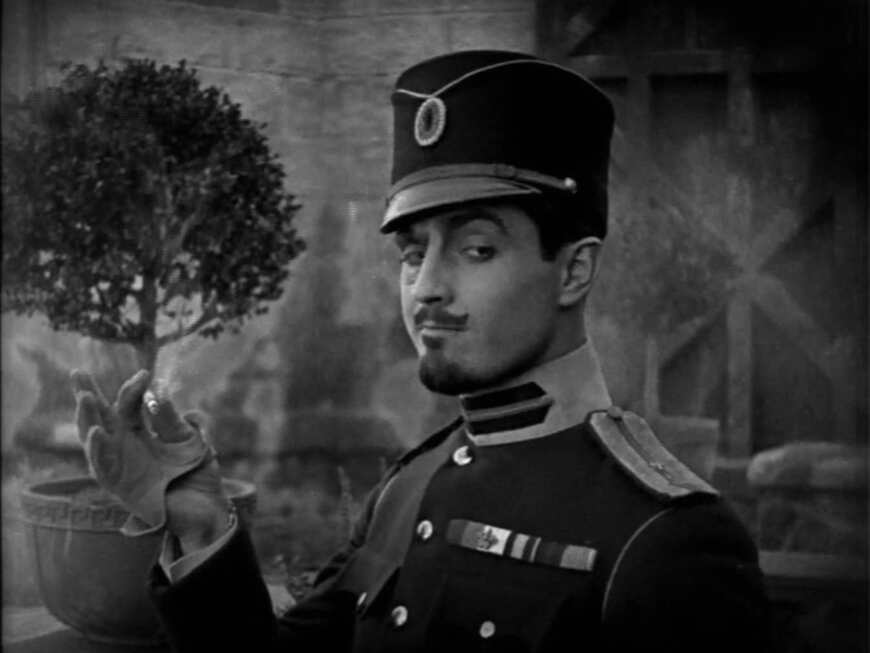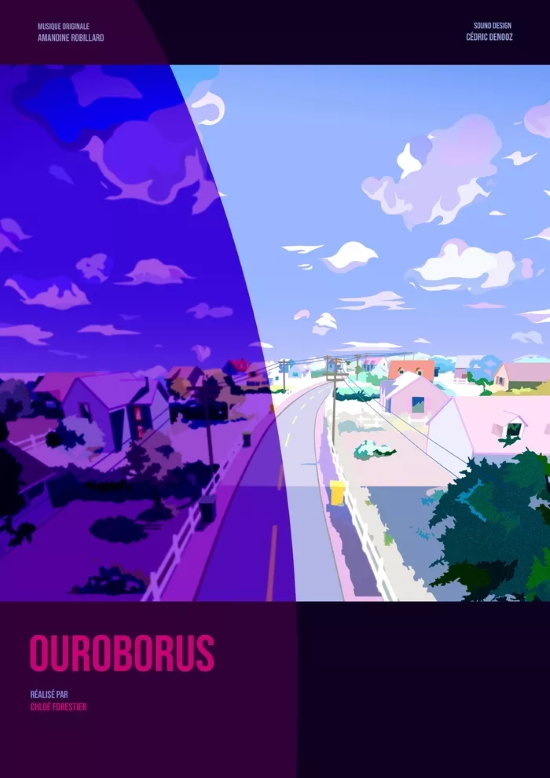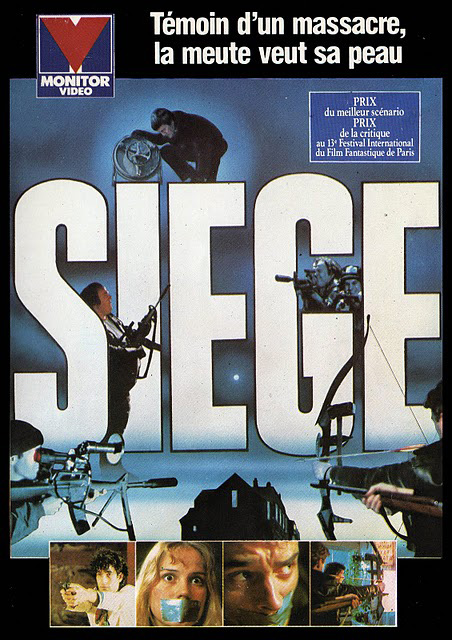Ellsworth’s Cinema of Swords: So Many Prisoners of Zenda
The Prisoner of Zenda (USA, 1922)
Sir Anthony Hope Hawkins (1863-1933) wrote some thirty-two books, mostly novels, many of them bestsellers that were adapted to stage and screen. Today he is remembered only for his swashbuckler The Prisoner of Zenda (1894) and its sequel, Rupert of Hentzau (1898). Both were set in the fictional principality of Ruritania, and were so popular that they spawned a host of imitators known as “Ruritanian romances.”
A littéraire at Oxford, Hawkins took a first in Classics at Balliol College, then a law degree. He settled into work as a barrister in the City in London, but the time weighed heavily on his hands, so he turned to writing. His first literary success, The Dolly Dialogues (1894), established the pattern for most of his novels, wry commentaries on London society mixing romance with politics. His second success was The Prisoner of Zenda, a rollicking adventure in a very different mode. Tastes have changed, and nowadays Hope’s Edwardian comedies of manners are largely forgotten, but The Prisoner of Zenda, with its iconic dash, flair, excitement, and humor, lives on.






 You ever watch one of the long video game cutscenes that passes for movies these days and think “I kinda miss old, raw-looking films, like early Romero and Carpenter. Something that had teeth. Heart. Balls. They don’t make ’em like that anymore.”
You ever watch one of the long video game cutscenes that passes for movies these days and think “I kinda miss old, raw-looking films, like early Romero and Carpenter. Something that had teeth. Heart. Balls. They don’t make ’em like that anymore.”